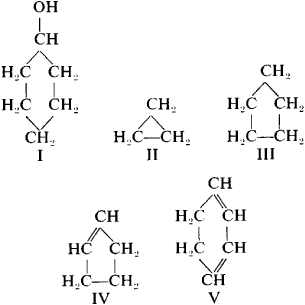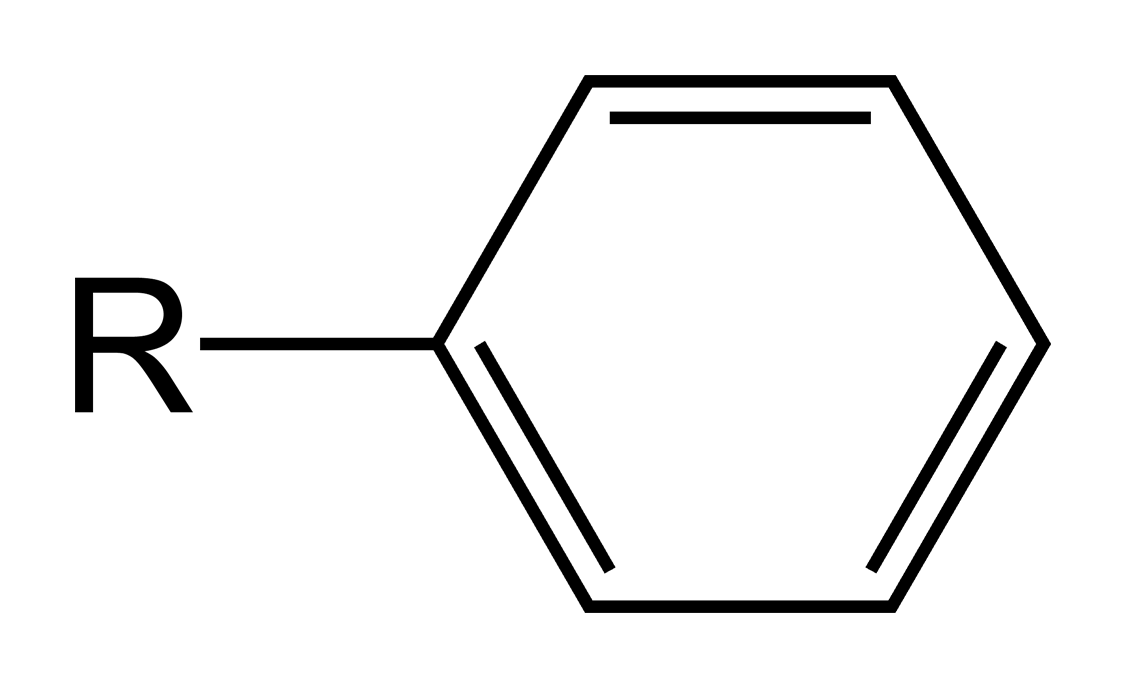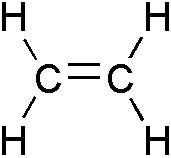
- Carbon chains can form two types of "closed" loops
- Alicylic loops usually made with single bonds
- If the parent chain is a loop standard naming rules apply with one addition: "cylo" is added in front of the parent chain.
- 3 different ways to draw organic compounds:
1) Complete structural diagram
2) Condensed structural diagram
3) Line diagram
- Numbering can start anywhere and go c.w. or c.c.w. on the loop but side chains numbers must be the lowest possible
- Loops can also be a side chain
- Same rules apply but the side chain is given a cyclo -prefix
AROMATICS:

- Benzene (C6H6) is a cylic hydrocarbon with unique bonds between the carbon atoms
- Structurally it can be drawn with alternating double bonds
AROMATIC NOMENCLATURE:
- A Benzene molecule is given a special diagram to show its unique bond structure
- Benzene can be a parent chain or a side chain
- As a side chain is given the name phenyl

-Ben Suratos
























